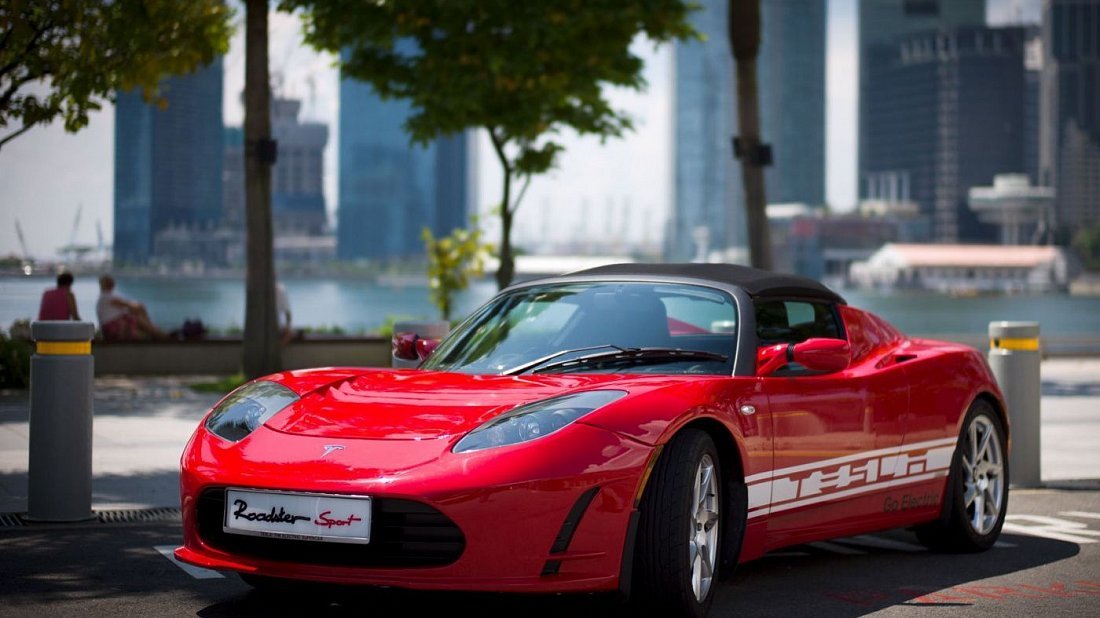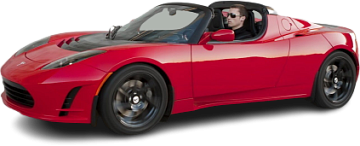NEMA 5-15
- Socket specs
Socket specs
- 120 V, 15 A, 1-phase
- Socket output
Socket output
- 1.8 kW
- Charging 20-80%
Charging 20-80%
- 18 h 40 min (~8 mph)


The Tesla Roadster 2.5 Base is an all-electric rear-wheel drive roadster. It came out in 2010 replacing the older Tesla Roadster 2.0. Tesla stopped making the 2.5 Base in 2012.
The Tesla Roadster 2.5 Base has a 53 kWh battery pack, allowing it to travel up to 244 mi on a single charge. The car has an average efficiency of 20.7 kWh per 100 miles (or 207 Wh/mile) — ranked №264 out of 586 electric vehicles.
The Tesla Roadster 2.5 Base can accelerate from 0 to 60 mph in 3.7 seconds (ranked №63 out of 586 electric vehicles) and reach a top speed of 125 mph.
The car’s powertrain delivers up to 215 kW (288 hp) of power and 273 lb-ft of torque.
The real-world range of the Tesla Roadster 2.5 Base is 220–268 miles (ranked №264 out of 586 electric vehicles) — depending on several factors, including:
It's important to remember that these are just estimates, and your actual range may vary. It's always best to factor in these various factors when planning your trip and be prepared for potential charging stops.
Plan your trips using the EV Navigation interactive map.
In the USA Tesla Roadster 2.5 Base has a Type 1 (J1772) charge port.
Estimate charging time, rate and cost using our Charging calculator.
Here are the dimensions and weight for the Tesla Roadster 2.5 Base:
Here's a breakdown of the Tesla Roadster 2.5 Base cargo space:






